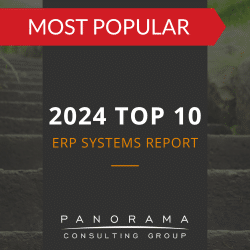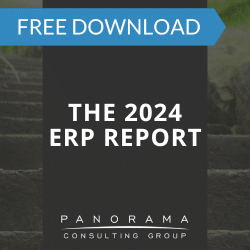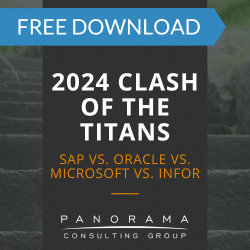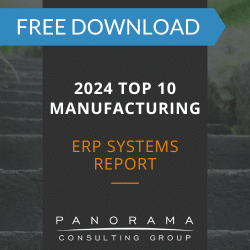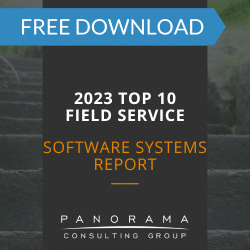British inventor, Sir Arthur C. Clarke, once said, “Any sufficiently advanced technology is indistinguishable from magic.” Over the years, technology has improved nearly every aspect of human existence. At first considered a corporation’s game, Information and Communication Technology (ICT) has been embraced in the public sector to help ensure proper governance. At a time when citizen’s expectations for proper governance is ever growing, governments are now trying leverage the power of ICT to increase their level of efficiency, transparency, accountability and participation.
Governments are utilizing ICT as a government resource planning (GRP) tool to effectively improve services for its citizens while simultaneously increasing the level of engagement and real-time dialogue between the citizen and the governing body. Today’s GRP systems are no longer confined within the government but can now go beyond the government entity’s walls in order to better interact with citizens.
In addition to performing basic back-office functionality such as human resources, payroll, finance, logistics and asset management, GRP systems can also increase the individual citizen’s return on citizenship (ROC). ROC can be defined as, “the value of services that a citizen feels he/she receives from a public entity in exchange for his/her tax dollars”.
While there is a plethora of improvements citizens would suggest for their governmental body, one struggle that almost all citizens face is the inability to effectively and efficiently communicate suggestions in a timely and cost-effective manner. Public forums and voting casting is infrequent, tedious and after all the effort, results may still never be seen. So how can governments have a two-way conversation with all their citizens and do so in real-time? The answer lies not only in a properly implemented GRP system but also in utilizing that GRP system to communicate with citizens in real-time. A mobile software program that is integrated with the government’s GRP system can allow citizens to effectively communicate with their government in the same manner that private companies use customer relationship management (CRM) systems and mobile apps to acquire customer feedback.
This is neither a new nor foreign concept; across the United States, cities are already leveraging GRP to further citizen engagement. Public entities, such as the cities of Richmond and Seattle, Washington, have been using their GRP systems to improve citizens’ ROC. While the City of Richmond is using workflow as a digital resource to achieve operational efficacy with increased reliability, the City of Seattle is making use of mobile smart phones with an app called, “Find It, Fix It.” This app allows citizens to report an issue they see in the city – abandoned vehicles, graffiti, potholes, etc. – by snapping a photo with their smartphones and submitting the issue directly to the City of Seattle.
The means, motive and opportunity already exist for governments to use GRP systems to improve citizen services. Now all that remains is the proper implementation.
Written by Daniel Rivero de Aguilar, Consultant at Panorama Consulting Solutions.






